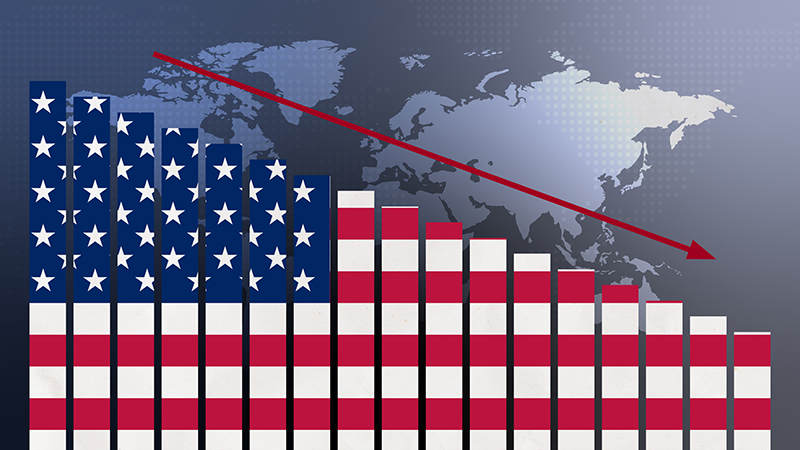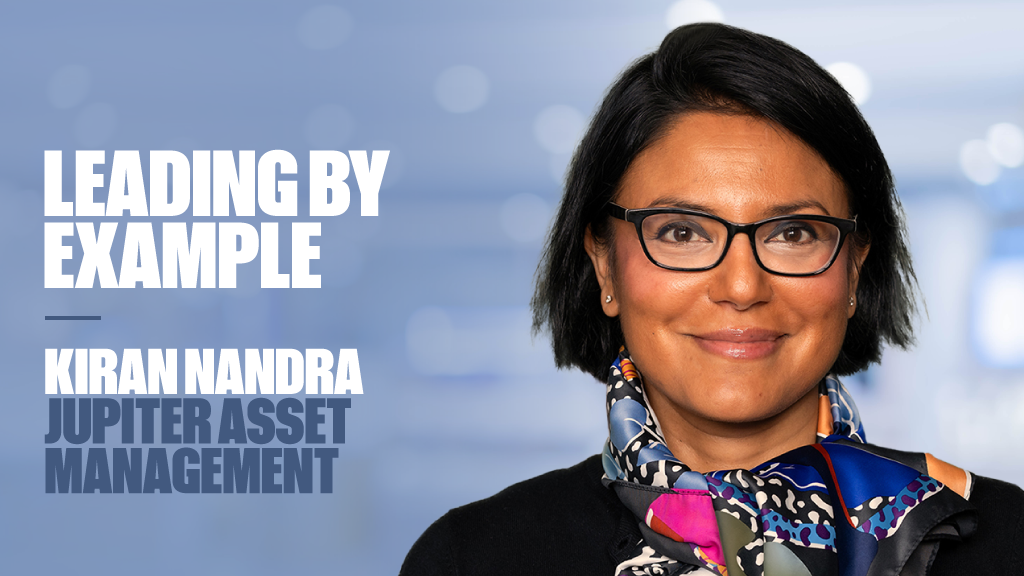And some ten days later US politicians managed to come to an agreement to avoid the fiscal cliff that was looming at the end of the year and threatened to put the US economy back on the road to recession.
Who knows what the future holds?
While most people would have predicted both of these, assessing where markets will be a year from now is far more difficult.
Most global equity markets have traded in a broad range since 2010, leaving investors wary and seeking greater certainty from their investments. Before its early January surge, the FTSE 100 had varied by over 13% from peak to trough in 2012.
Listening to fund managers’ concerns for 2013, the overwhelming impression is that any global economic growth will be slow, there is still the possibility of sharp shocks to the markets and overall they expect 2013 to follow similar patterns to those of 2010 and 2011.
For clients that leaves the same issues and concerns that they have been battling with since 2008/2009 – creating cash-plus wealth while mitigating risk to their capital. This means flexibility, diversification and asset allocation remain crucial to investment portfolios.
The need for these three core ingredients when creating a portfolio that stands a chance of delivering for clients in what remain uncertain markets, is one of the reasons, I believe, that we will see a greater take up of structured products in 2013.
Structured products can bring a degree of stability to a client portfolio through their ability to define what the investment will return given set market criteria, while also mitigating against market risk in all but the most extreme market conditions.
The three types of structure – structured deposits, capital protected and capital-at-risk structures – allow for products offering income and growth payments and variations that can gear upside, enable early maturity and also provide positive returns in falling markets; they provide fixed returns at investment maturity; or returns based on the performance of the underlying measurement.
Certainty in flexibility
This flexibility of payout and the levels of capital protection provide enormous opportunities for financial planners and advisers to use structured products within client portfolios to balance and diversify the direct market risk being taken in mutual funds, investment trusts etc.
Also, since the maturity dates of structured products are known in advance (autocalls being the exception as these may not run for their full term) this enables planners and advisers to build them into a portfolio to make best use of tax relief and exemptions.
Many growth products, for instance, fall under HMRC’s capital gains tax rules that with effective tax planning can take advantage of investors’ CGT exemptions.
No one knows how 2013 will play out for investors. We may well have some accelerated growth as markets react to news around the global economy but there are many events of which the investment industry is still fearful and that portfolio managers need to factor into client portfolios.
In their ability to help spread and balance the risk in those portfolios structured products should be part of the range of investments they consider to help investors through what remain uncertain times.











